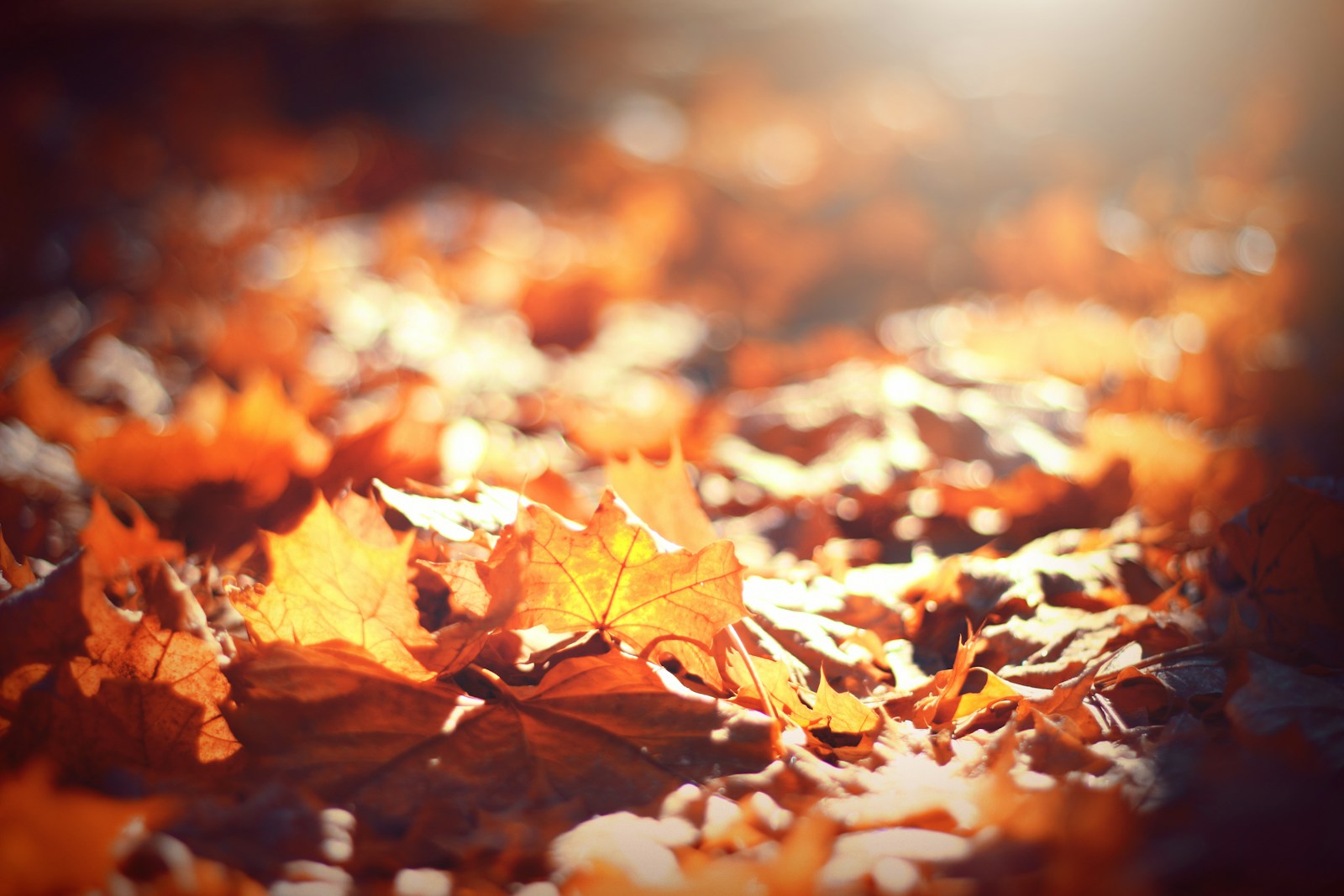Compost Turns Your Leaves Into Black Gold
Black Gold!!! That’s what all those autumn leaves can become in the Spring. Don’t bag those leaves and take them off to the landfill. They can be composted right in your own backyard and used in the spring to enrich your flower and vegetable beds.
What exactly is compost?
Compost is the end result of decomposed organic matter. It can be a combination of carbon rich and nitrogen rich material. The ratio should be 3 parts carbon materials (brown) and 1 part nitrogen (green). Because leaves are carbon rich materials, Fall is a great time to compost.
How do I compost my leaves?
There are several ways to compost your leaves. You can just compost them in a pile on the ground or you can do it in a compost bin. The lazy man’s way is to leave them in leaf bags and poke a few holes in the bottom and let the earthworms go to work. Here are some simple guidelines for composting leaves.
- Your composting will go much faster if you shred your leaves. Just run the lawn mower over them a few times.
- Place your leaves near a source of water because you need to keep moisture in the pile.
- Lay down a foot of leaves and then add about three inches of green material. Grass clippings work great. If you don’t have enough nitrogen rich materials, you can add blood meal, cottonseed meal or a commercial activator.
- Sprinkle some dirt on top, water lightly and repeat the process. Aim for a pile about 3 X 4 feet.
- After about 10 days, turn the pile with a garden fork. You want to make sure there’s oxygen in the pile. After that, turn every two weeks.
- Add some water if the material gets too dry. It should be the same dampness as a wrung out sponge.

Other ways to compost
Vermicomposting
Picture this: a bustling community of worms turning your leaves and scraps into nutrient-rich castings. That’s vermicomposting for you! Worm bins are compact and perfect for small spaces like apartments or balconies. Plus, the worms work wonders breaking down organic matter into a supercharged fertilizer that your plants will love.
Trench Composting
Trench composting takes the composting action underground. Simply dig a trench in your garden, toss in your leaves and garden waste, and cover it up with soil. As the materials decompose, they enrich the soil directly, nourishing your plants and improving soil structure. It’s a low-maintenance method that seamlessly integrates with your garden beds.
Leaves over your beds – the lazy method!
If you don’t have time to compost, another method is to simply scrape your wet leaves onto your garden beds and leave them there. Over the winter, they will naturally break down and compost. Not only will this mean that your garden beds are protected from weed growth into the spring, but you will have enriched your soil as you come into the warmer months. Using this method might mean that come the spring there will be a few leaves you need to break down manually, or just remove them.
Layering and turning
Layering and turning is a pro tip. It’s not essential, but will lead to better compost. Start with a thick layer of autumn leaves as your brown base, then add a layer of nitrogen-rich green materials like grass clippings or kitchen scraps. Repeat this brown-green sandwich until you’ve built a hearty pile, aiming for a balance of carbon and nitrogen.
Regular turning is key to aerating the pile and ensuring all those microorganisms stay happy and active. Use a pitchfork or compost turner to gently mix the materials, introducing oxygen and speeding up decomposition. Aim to turn your compost pile every few weeks to keep things humming along.
How can I use my compost?
Compost has many uses in the landscape and the garden. Here are a few.
- Add finished compost to your vegetable garden before you plant in the Spring. You will be amazed at the wonderful vegetables you’ll harvest.
- Top dress your perennials with compost as they start to grow.
- Mulch your shrubs and trees with a couple of inches of compost. It will not only retain moisture, but will add organic material to the soil.
- Spread a light layer of compost on your lawn. It will quickly disappear into the grass. You’ll be surprised what a lush lawn you will have.
- In midsummer, put a shovel of compost into a 5 gallon bucket of water and let it sit for a couple of days. Then, give your perennials a drink of this potent “compost tea”.
- Compost is a great soil conditioner. Adding organic matter to clay soils helps to lighten them. Conversely, organic matter added to sandy soils will help them retain water.
Composting is a great way to recycle your leaves. Instead of filling up the landfill, you are creating fertilizer that will help to produce delicious vegetables to eat and beautiful flowers to enjoy. You’ll be glad you turned your autumn leaves into Black Gold.

Leave a Reply
You must be logged in to post a comment.